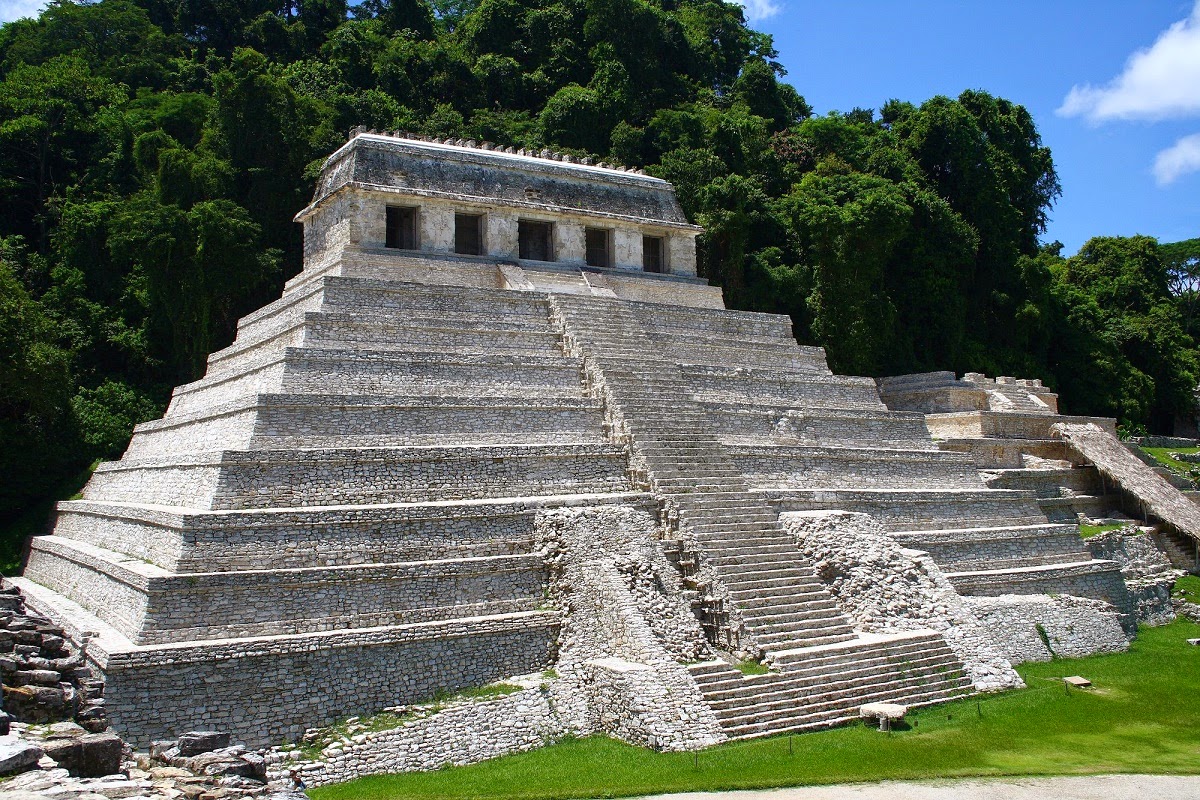Sew La Ti Embroidery [Search results for cultural]
Middle East: UNESCO calls for protection of Yemen’s cultural heritage

Near East: Antiquities market on alert for looted Syrian spoils

Near East: Swiss return ancient cultural objects to Egypt

Heritage: ICOMOS voices concern over Bulgaria's cultural heritage

Middle East: UN nations agree to action to save Iraqi cultural sites

Nepal: Quake deals heavy blow to Nepal's rich cultural heritage

France: France returns looted gold antiquities to China

Heritage: Social media and archaeology: A match not made in heaven

Iraq: Digitising Iraq’s cultural heritage

Near East: Islamic State in control of Palmyra ruins
Heritage: We owe Greece a cultural debt, classicists say

Near East: UNESCO condemns destruction at Palmyra

Middle East: Interpol steps up search for artefacts looted by ISIS

East Asia: 800-year-old Buddhist statue of 'goddess with thousand hands' restored to former glory

Unique Cultural Center [Ávila, Spain]
![Unique Cultural Center [Ávila, Spain]](https://blogger.googleusercontent.com/img/b/R29vZ2xl/AVvXsEg0vpvvCZ3fRhe8AcjShPKwlbp8rx4wnIf8ZPJXsCFqvAhqoEvrnsx8ef1GkCuzsLHepJ1OUboIsAW9C1bUE5IORyZS2mCe8PYCiE7DZw5Ypo3niKFesoGLdpESn9XpW4CjyuQ7ZnAtJaM/s800/Unique-center.jpg)
Near East: Ephesus added to UNESCO World Heritage list

Heritage: UNESCO designates nine Mexican sites for special protection

Middle East: Saudi airstrike hits Yemen World Heritage site

East Asia: Chinese authorities bust intricate ring of tomb raiders

North America: Archaeologists call on feds to protect Chaco Canyon area

